In the “summer time when the weather is fine” people go flocking to events to enjoy a cold beer and scrumptious scran.
It’s hard to put a downer on people enjoying a sunny day in the UK. After enduring another seemingly endless winter season and with the prospect of hitting a beer garden or foodie festival with mates nearing, the thought of food safety is often the last thing on our minds. However, another ‘sun worshipper’ that we should be aware of is pathogenic microorganisms (e.g. harmful bacteria).
Warm weather is the perfect environment for bacteria to grow, and with outbreaks of E.coli, Salmonella and Listeria particularly prevalent in summer, it’s especially important that you keep hot foods hot and cold foods cold until they are ready to be eaten. It’s easy to become complacent when working at a busy summer event, but the consequences of not adhering to temperature guidelines can be dire. According to the Food Standards Agency, a staggering 2.4 million cases of food poisoning are reported each year in the UK.
We’ve put together some quick refresher points for you as the temperatures begin to rise. Make sure your staff are also aware of the dangers of rapid bacterial growth and contamination from insects during the summer.
The need to knows:
Once adequately cooked or reheated, hot food must be kept above 63°C (145°F)
and chilled food must be kept at or below 8°C (46°F) and preferably below 5°C.
In the event of a heatwave situation at a busy festival or event, you’ll know that it’s not always easy to maintain these temperatures. In this instance and for a limited time only, you are allowed to keep food at the following temperatures:
For a single period only:
Hot food can be kept below 63°C (145°F) for a maximum of 2 hours.
Chilled food can be kept above 8°C (46°F) for a maximum of 4 hours.
Under no circumstances should these limitations be exceeded and any food that goes beyond this point should be disposed of.
Whenever you use a temperature probe to check the temperature of the foods you’re chilling or keeping hot, be sure to:
Clean and disinfect the probe thoroughly before each use. Use food grade anti-bacterial wipes when cleaning your temperature probe.
What happens in the event of no electricity?
Cool boxes are the next best thing for keeping food chilled during transportation and when on site. If you use cool boxes you need to use adequate icepacks so that the temperature of the food remains below 8°C, or you’ll have to dispose of the food after 4 hours. Replace ice packs two or three times throughout the working day to keep the temperature inside the cool box as low as possible. Invest in a good quality insulated cool box that has a tight-fitting lid. Ensure cool boxes are stored away from cooking heat sources and direct sunlight.
To ensure the food remains at a safe temperature, it’s important you use a thermometer to regularly check the food inside the cool boxes. Aim to minimise the frequency/length of time that the cool box is opened. For best practice consider setting up a wired fridge thermometer so the digital display can be monitored from the outside of the cool box and includes an audible alarm that will alert you when the temperature rises above 8°C.
Food Safety Management
Even in the summertime it is still a legal requirement to properly implement an applicable food safety management system. This means maintaining the key food safety controls outlined in your NCASS food safety risk assessments. It also means implementing the necessary checks to complete the Daily Records in the Daily Diary and the relevant Additional Resources. This may mean making some slight adjustments to how you operate compared to the rest of the year.
For example:
Food Preparation and Storage
If you change up your menu for the summer season or introduce new processes e.g. a chilled display unit or a hot holding unit, you may need to carry out a review of your food safety risk assessments to make sure the relevant controls still apply and to be able to demonstrate that the food is safe. You may also need to update your food allergen matrix as necessary.
You should be familiar with the online risk assessment tool on the member dashboard, but if not, you can contact our Membership Team for further help with reviewing and updating your risk assessments.
When preparing food at outdoor events it is important to be aware that the risk of food contamination can increase, not only as a result of site change and the trading unit being open to the elements, but also because of the presence of flying insects. In summer the natural UV levels from the sun can be high and this can render UV fly killers of little use, so it can be worth looking into fly screening as an alternative. Good waste control (especially the use of lidded bins) will help to reduce the presence of flying insects. Make sure you have adequate food storage facilities and avoid leaving food uncovered e.g. ensure Bain Marie lids are used for covering prepared foods.
Temperature Controls
It’s worth increasing the frequency of temperature checks to ensure food remains safe. If refrigerators and freezers are found to be exceeding the critical temperature limits then check settings/thermostats as they may need adjusting to account for higher external temperatures. Consider moving refrigerators and freezers to a cooler area of the trading unit where there is good air circulation/ventilation. Temperature control is essential, therefore, only good quality and suitably maintained appliances should be in use. Ensure refrigerators and freezers are not overloaded and are instead clean and well organised with good separation of raw and cooked foods.
Cleaning and Disinfection
Even if surfaces look clean, there may still be harmful bacteria present. It goes without saying that even when you’re busy, adhering to cleaning rules is crucial. After all, what customer wouldn’t wait a few more minutes for food if it meant it being prepared on a clean work surface.
Make sure you have a readily available supply of detergents, disinfectants and clean cloths on hand. Hot water is key and must not be overlooked. Check you have a reliable supply of hot water for cleaning and hand washing. There must be designated hand washing facilities in place.
Proper food hygiene training is paramount
It’s a legal requirement for you and all staff to be trained in food hygiene training before you start preparing food to customers. NCASS hygiene and safety training courses are created and accredited by industry experts as well as our Primary Authority Partner, the Royal Borough of Greenwich. You should ensure you have all the knowledge you need to trade safely. Find out more about our training courses by visiting www.ncass.org.uk/training.
Risk Assessments and Record Keeping
You must carry out risk assessments and ensure you are following them in your business activities, Environmental Health Officers from the local authority as well as event organisers and their teams will likely carry out spot checks throughout the season. Make sure you have your compliance documents on hand to support with these checks and demonstrate your business diligence. Be sure to add your risk assessments and training certificates to your safety management system folder.

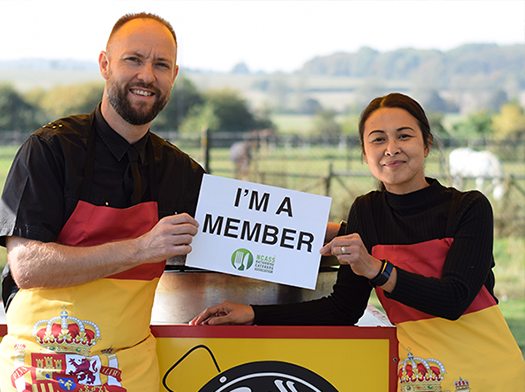
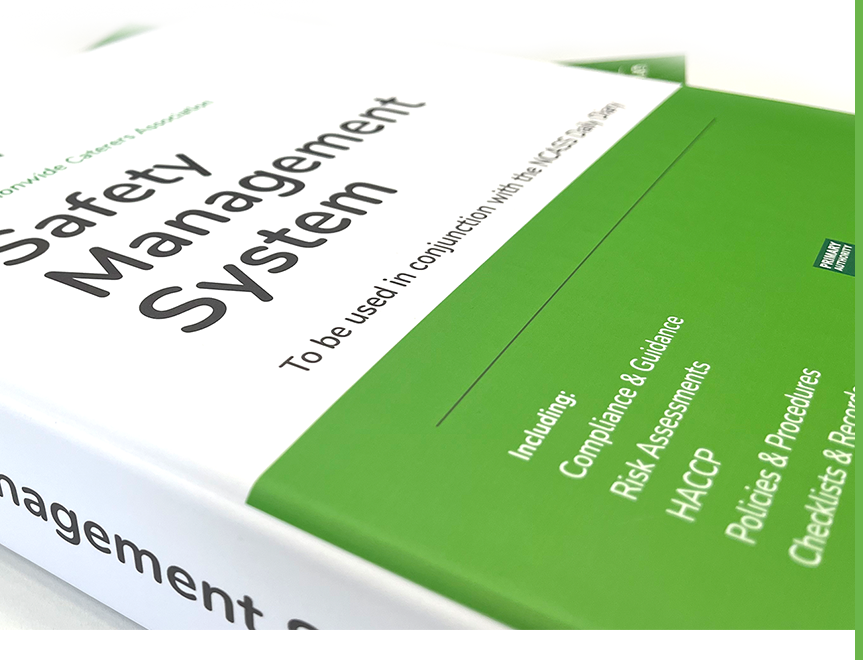
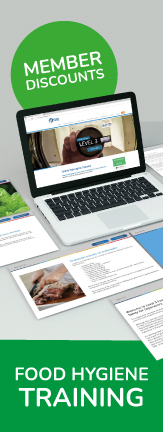
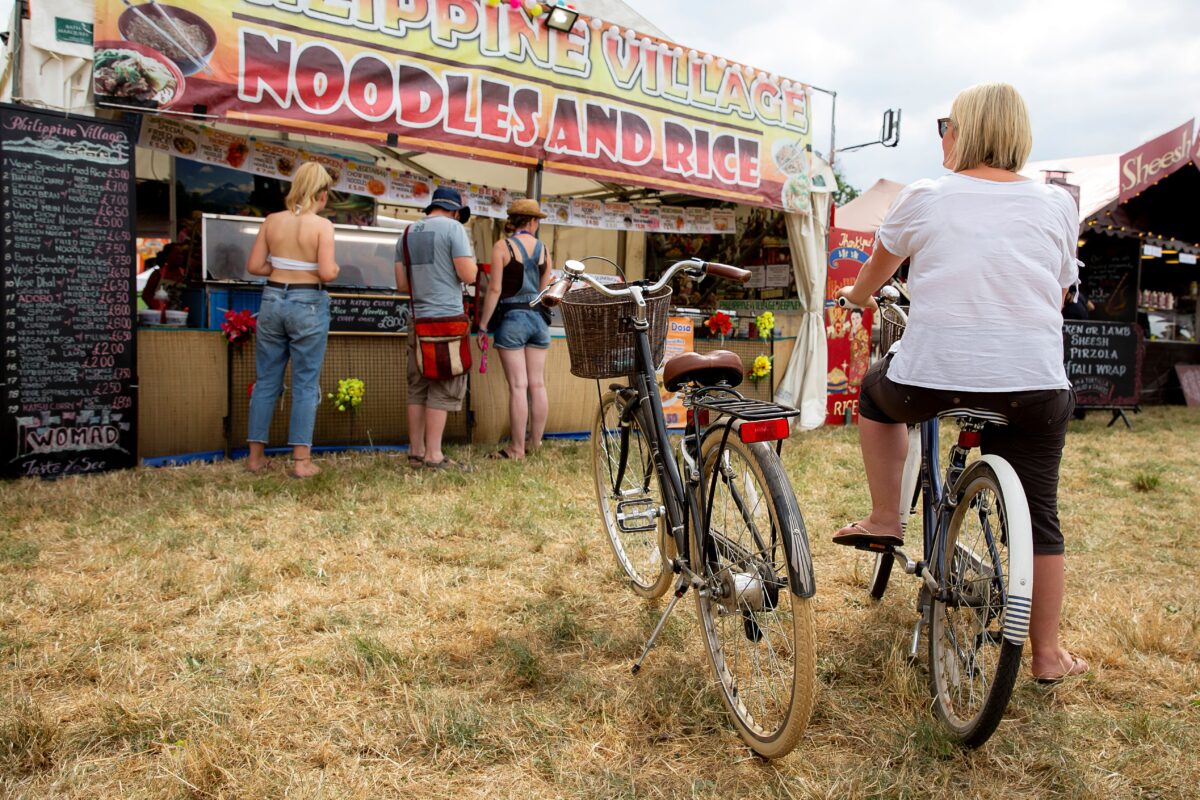
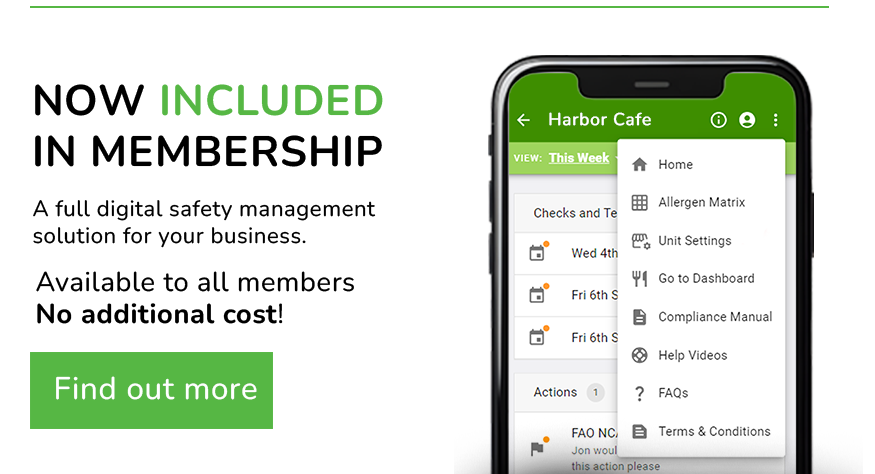
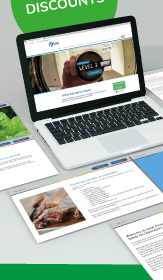 Featured Training
Featured Training
OUR MEMBERSHIP
We're here to help make your catering business a success. Whether that be starting up or getting on top of your compliance and marketing. We're here to help you succeed.
Want our latest content?
Subscribe to our mailing list and get weekly insights, resources and articles for free
Get the emails